It all started in Vegas.
“Not ‘the’ Las Vegas,” laughs Máirin Egan, as she pours a second cup of coffee in the drawing room of Inch House in Tipperary.
“The Las Vegas of Templemore.”
“It” being the story of her parents, John and Nora, who met in a local ballroom over 40 years ago and went on to transform a creaking country pile and farm into a family home for their eight children and then into an award-winning house and restaurant, with recent honours including the Georgina Campbell accolade for Irish farmhouse of the year, as well as Good Food Ireland producers of the year.
But when the Egans moved in on Good Friday 1986, there was little left in the house bar “the doors and the floors”. The whole family spent the first night on mattresses on the ground in the one room, a pair of old curtains stuffed against the door to keep out the draught.
So what possessed them to take on such a challenge in the midst of the last recession?
Love of the land, that’s what.
Fortune favours the brave
“I had six men working for me at 23 years of age,” says John, of his background in farming and contracting prior to buying Inch House.
A firm believer that “fortune favours the brave”, at 20-years-old he had borrowed £500 from ACC to build a pig house for 100 pigs, and invested in a four-row seeder and sprayer.
“After a year, I had the price of a brand new Massey Ferguson, so I bought a new tractor and a beet harvester and I progressed from there into silage and I started hiring men,” he continues.
“By the summer of ’70, we were cutting 1,500 acres of silage on hire, and nearly 3,000 before we packed it in.”
By the time John married Nora – a nurse and midwife, raised on a dairy farm in Upperchurch, Tipperary – they were farming 135 acres in Moyne, though the scattered nature of the land made it a logistical nightmare. Still, many people thought they had “lost their marbles” when they announced they were swapping their farm for 260 acres and a manor dating from 1720 in Inch.
“It all happened in three weeks,” explains Nora. “But because we were selling land that was in good condition, we actually doubled our acreage without having to borrow money.”
“We told the bank after we had it bought,” John laughs.
Still, even they must have second-guessed themselves when their first 130 acres of spring barley at Inch was flattened by Hurricane Charley that year.
With the reclamation of the land and the restoration of the house to fund – not to mind eight mouths to feed – the Egans looked at turning the house into everything from a religious retreat to a nursing home, having already converted the basement into a bakery, with Nora supplying bread, scones and tarts to local shops.
However, the inspiration for a country guesthouse was all thanks to some pesky pigeons.
“I was out in the backyard trying to get an old combine ready and these two French guys arrived to ask could they shoot pigeon,” recalls John.
“I said: ‘Yeah, you’d be doing me a favour.’ The lads had a thrilling evening and asked could they shoot pigeon again tomorrow – but where could they stay?
“I said I didn’t know where there was a guesthouse and they said: ‘What about the big house?’ So I said: ‘You better talk to my wife, she’s the boss.’”
The Egans put the French men up for free that night, but before they departed they said: “We’ll be back next year – and you’ll have a guesthouse.”
Not only did they keep their word, but by the following summer the Egans had three guestrooms ready. And so began Inch House as it is today.
Innovation
Not that it came easy. Indeed, in the early days, as well as rearing her eight children, Nora worked practically 24/7.
“I was getting up at 4am to have the baking done before the kids went to school and I had to deliver it. Then I had to come home and feed the guests and turn around at night and start cooking dinner for whoever was staying. That’s not counting doing our own lunch,” she recalls, without a hint of martyrdom.
“But there was no way I could keep doing what I was doing, so I decided to hire a chef and open a restaurant.”
The development was a great success, but when the recession began to bite Nora and John knew they needed to innovate again.
Using a family recipe passed down by Nora’s mother, the couple began to manufacture traditional black pudding, testing the market first in their own restaurant.
Now available in approximately 80 stockists, it got its greatest seal of approval to date when Good Food Ireland named Inch House producer of the year for 2013.
The Egans have also developed a range of chutneys, preserves and a porter cake, and are currently looking to expand into further food service outlets in 2014.
The farm hasn’t stood still either. Between their own land and that which is leased, Inch House grows 300 acres of wheat, oats and barley, with all grain dried on the farm and sold as animal feed.
They also grow 80 to 100 tonnes of potatoes and have 165 store lambs on the farm seasonally. And having invested in a cleaning and de-awning system for oats, there is scope for even further innovation, such as producing pinhead oatmeal.
But there have been challenges, both personal and professional. In 2007, Nora was diagnosed with breast cancer but successfully battled it with radium treatment, having sought a second opinion through Harley St in London as she was reluctant to have chemotherapy.
Recession wise, it’s a constant struggle to provide value and quality without cutting corners. The four-course set dinner menu is now €35, while a weekend break for two people, including two nights B&B and one four-course evening meal, costs €250.
“You can’t give good food cheap and continue to make money. Well, you can give good food cheap, but you’re losing money,” says John, though he notes the VAT reduction has been a welcome boost.
Still, the future of Inch House is in safe hands. Daughter Máirín – who previously worked in The Four Seasons – is now front-of-house, while their son Joseph is farming with his father, with plans afoot for succession.
Not bad, for a story that started in Vegas.
Nora laughs: “And no doubt we will come up with another idea.”



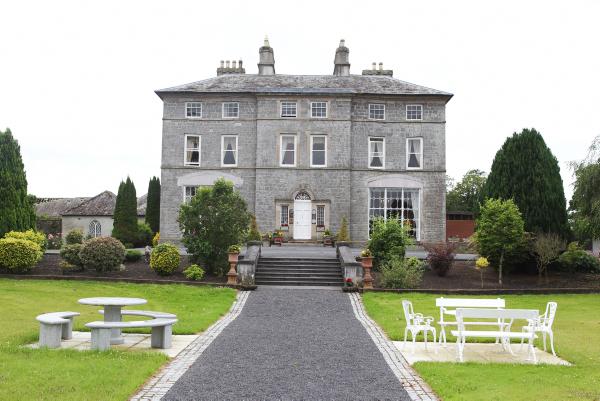
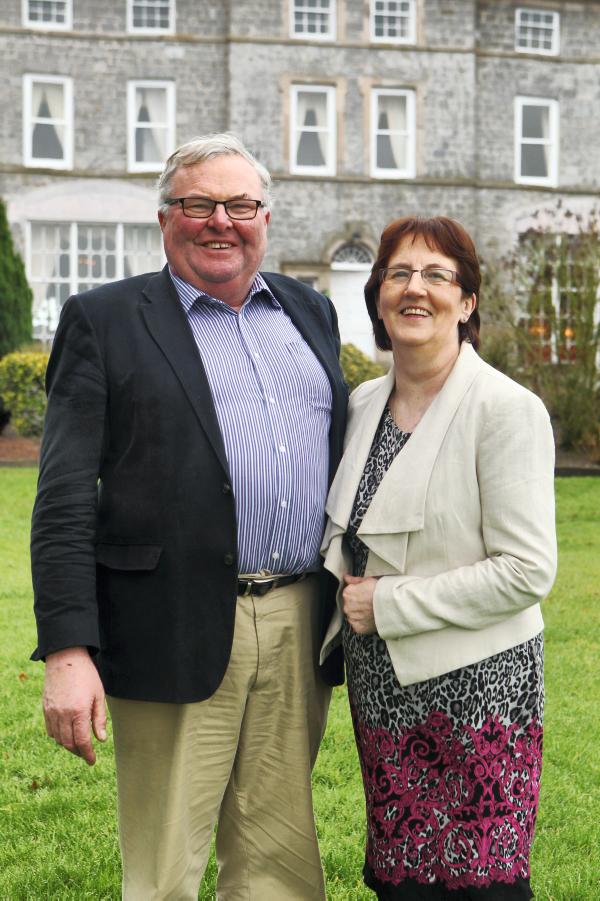
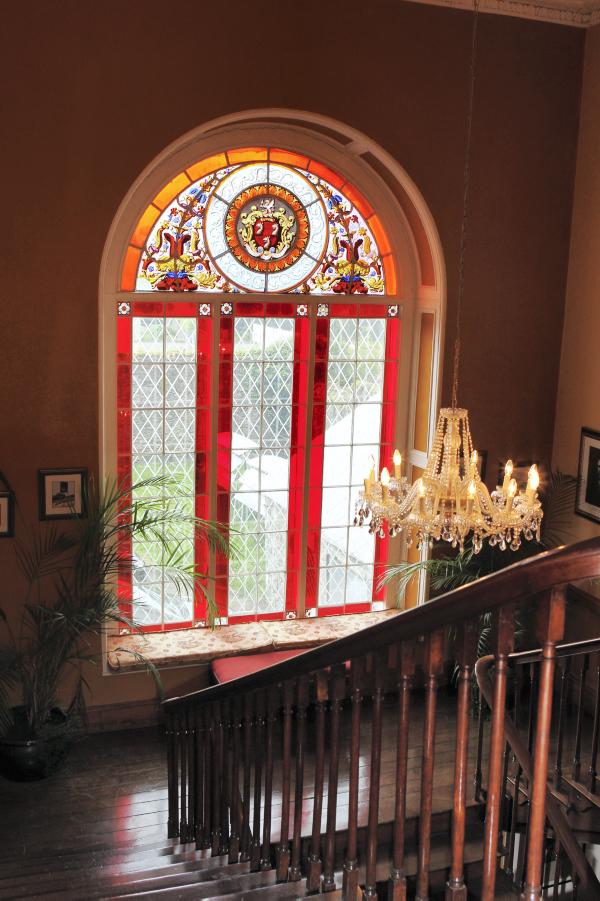


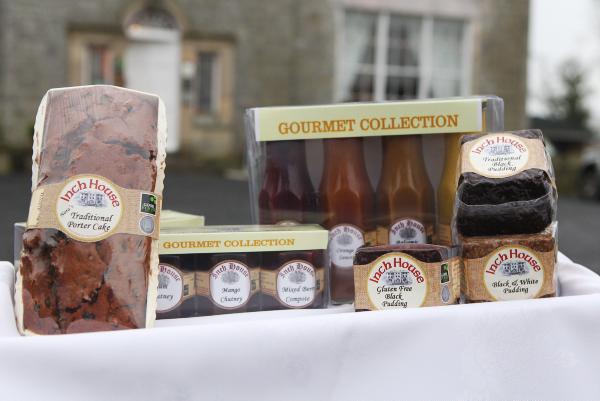
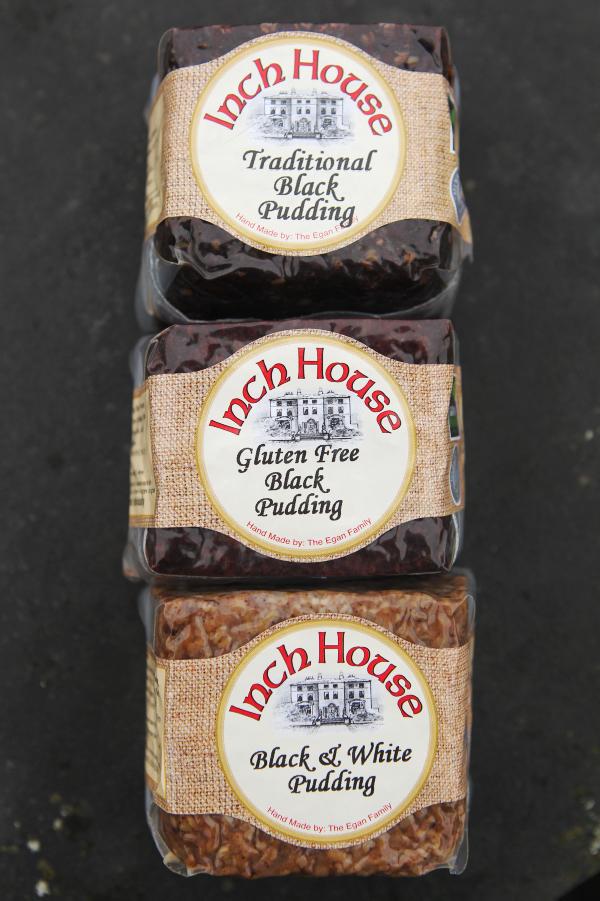
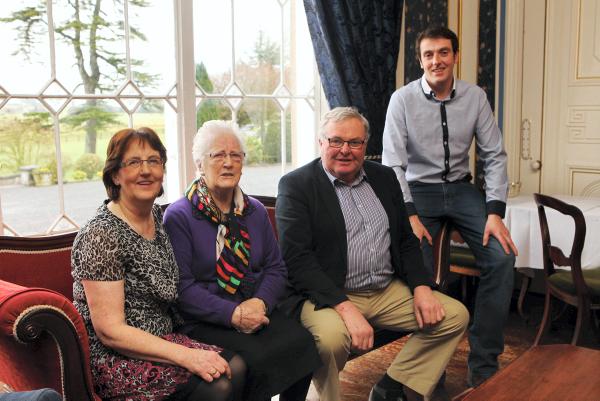
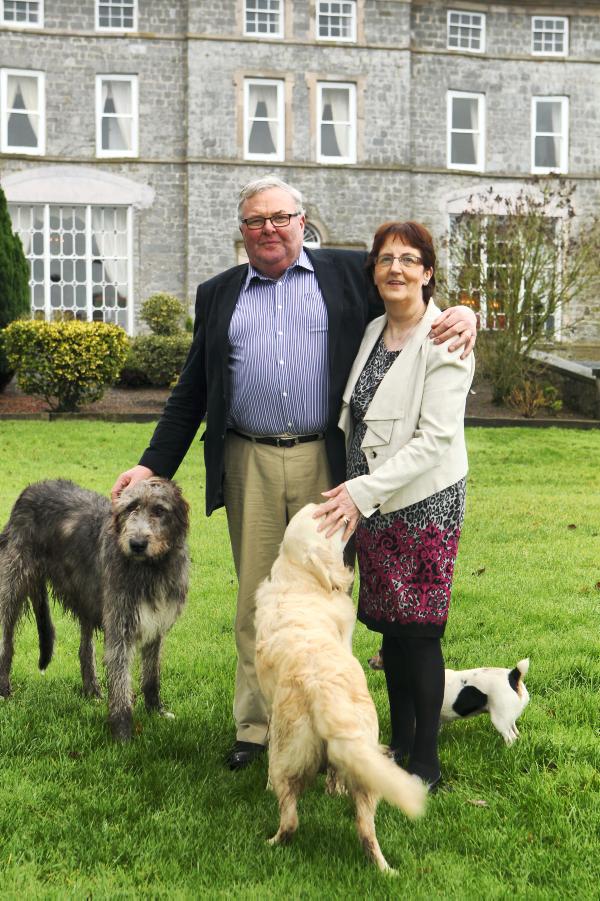
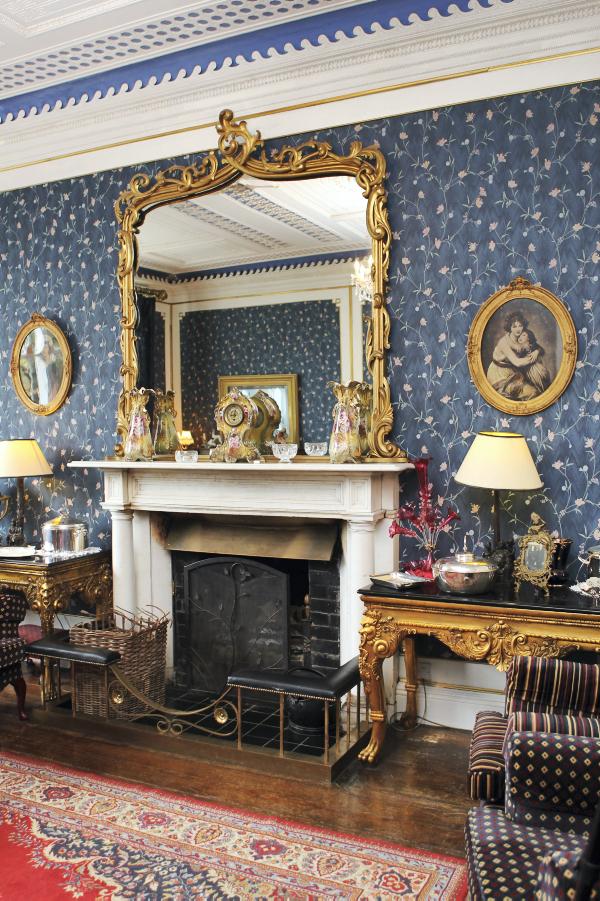
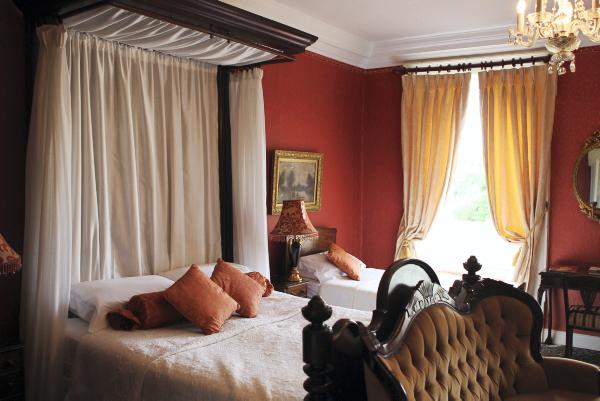

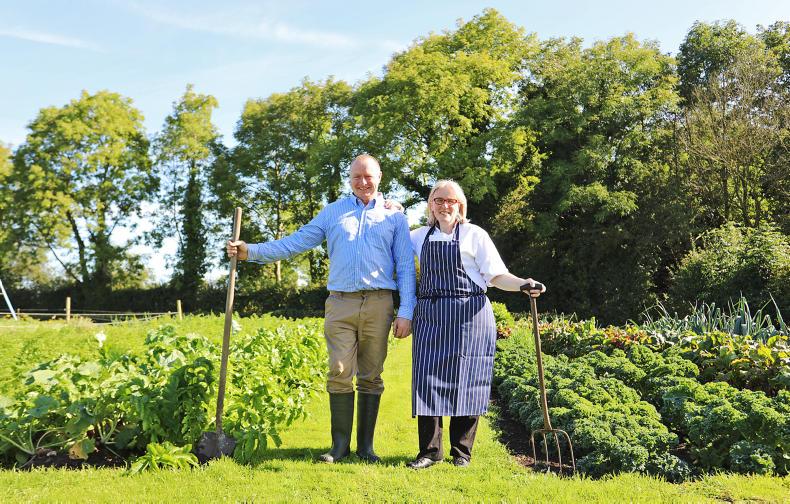

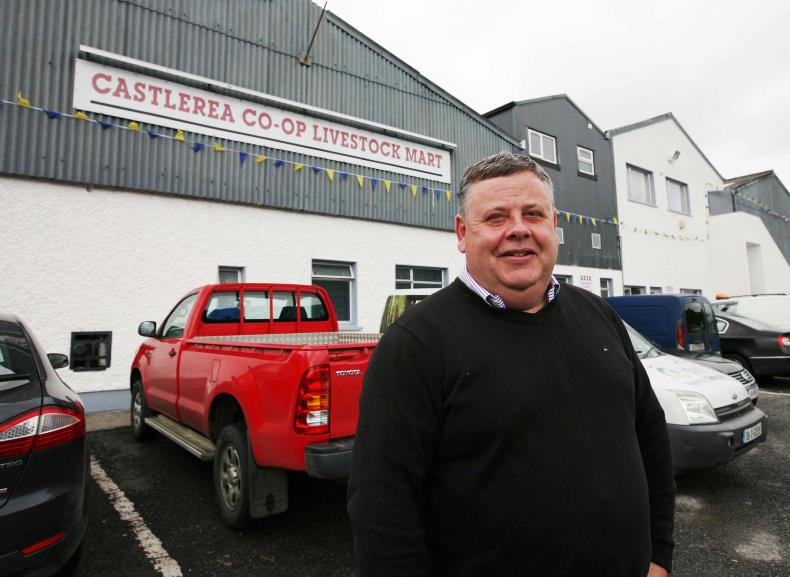


SHARING OPTIONS